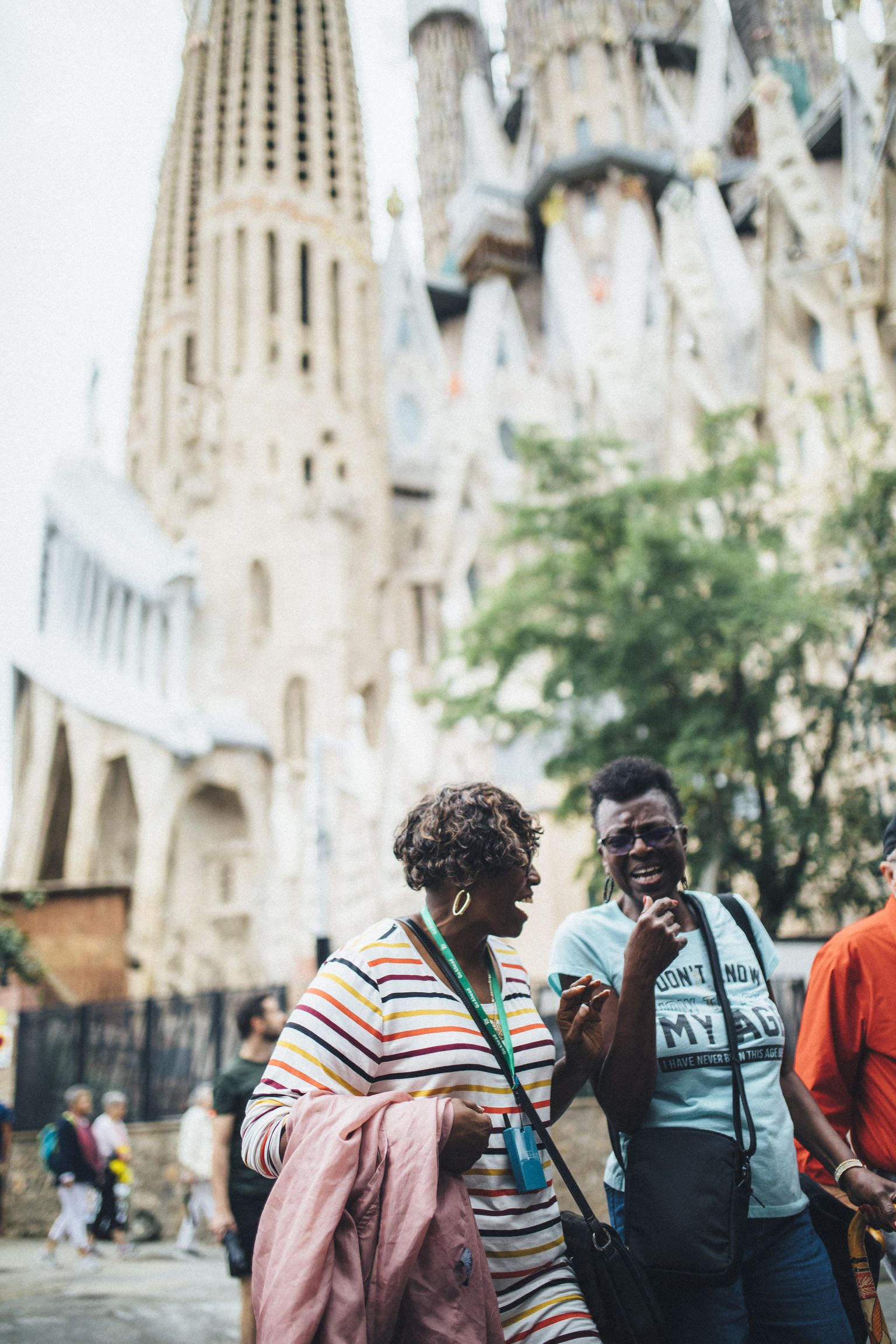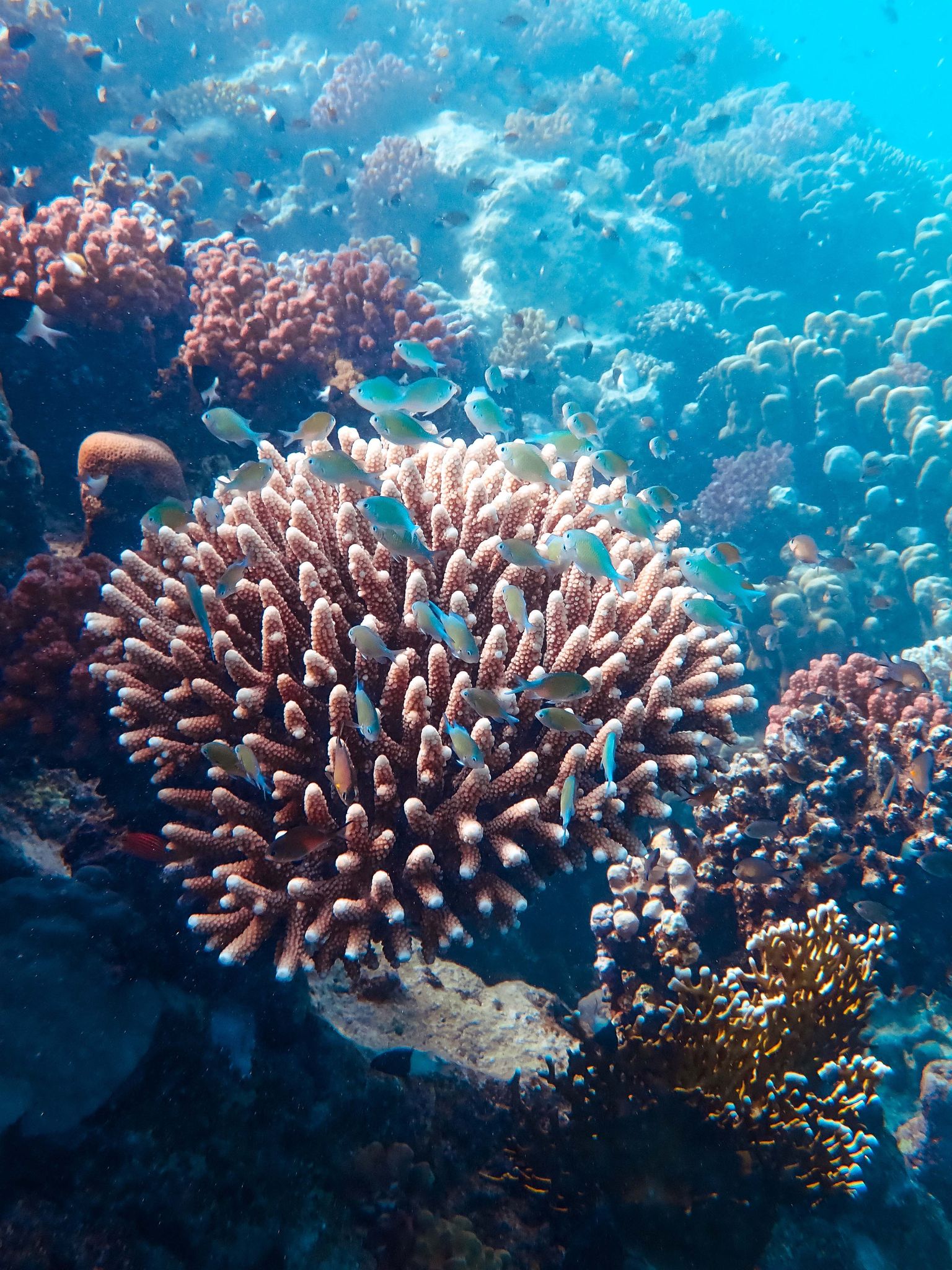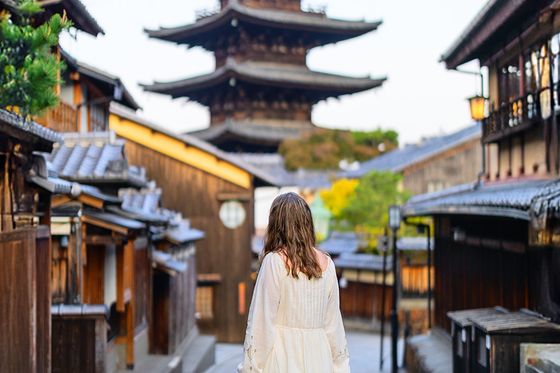Tokyo tours
Visit Japan's bustling capital city for a mix of ultra-modern sites and traditional experiences. From the Imperial Palace to ancient temples, there's so much to explore on our tours to Tokyo.

Traveling with a group?
Bring 6+ friends with you, and your spot is free (including airfare)!
Learn more
Combine your Club Go credits
Earn rewards for every trip with Club Go’s automatic, free membership.
Join our loyalty program)
Already booked? Add excursions!
Add handpicked experiences and stay longer on a tour extension.
Customize your tourExperiential travel made easy
You dream it. We’ll take care of every last detail.
Pick your perfect trip
We offer 200+ immersive, guided tours around the world. Wherever you choose to go, you’ll enjoy lots of advantages that make traveling with us different.
Put just $99 down
That’s all it takes to secure a spot on one
of our group tours when you sign up for
AutoPay. Plus, you can pay in interest-free,
monthly installments.
Prep your packing list
While you’re deciding what to take, we’ll be busy arranging your hotels, meals, tickets, and more tour essentials. That’s what going guided is all about.
Go far (and get rewarded)
Take off on your big adventure— but why stop there? Every trip you book with us earns rewards that you can use to keep expanding your horizons.
Not sure which Tokyo tour is right for you? We're here to help.

Chat online
Chat instantly with us during our normal hours, or leave a message and we’ll get back to you ASAP.
Schedule a call
Let us know your preferred time to chat and a travel expert will reach out.
Travel tips for Tokyo trips
Planning a trip to Tokyo with us is easy. When you book one of our Tokyo tours, we’ll take care of all the planning and logistics—from your itinerary to your hotels to your transportation—so you can spend your time seeing and doing everything on your Tokyo travel wish list (and then some).
If you already know what you want to see and do, and when you’d like to visit Tokyo, you can browse our Tokyo tours to find your perfect fit. Not sure which of our Tokyo tour packages is right for you? We’ll happily help you decide.
For travelers on tours of Tokyo, each season brings unique experiences in and around the city. Here are a few tips to keep in mind as you think about when you want to travel to Tokyo:
- Spring: Each year, in late-March and early April, tens of thousands of people travel to Tokyo for sakura season, when cherry trees throughout the city burst to life with clusters of delicate, pink blossoms. (In Japanese, “sakura” means “cherry blossom.”) During sakura season, locals and visitors alike flock to Tokyo’s parks for hanami (that's Japanese for "flower-viewing") parties and picnics, and to capture the blooms on their cameras. Local stores and restaurants also get in on the action, stocking their shelves and menus with sakura-themed or -flavored food and drinks.
- Summer: From June through September, intense heat and humidity settle over Tokyo, conditions many travelers find uncomfortable for exploring. But if you enjoy that kind of weather and consider yourself a social traveler, this could be the ideal time of year to travel to Tokyo. That’s because summer brings dozens of lively outdoor festivals, concerts, and street fairs. This is the perfect time of year to ride one of Tokyo’s hyper-efficient trains to a nearby beach in your free time, or to cool off with a kakigori shaved-ice dessert, or a konbini ice cream (this popular summertime staple is essentially any inexpensive ice cream bar, popsicle, or other frozen treat sold at a konbini, or convenience store).
- Fall: In autumn, between mid-October and mid-December, nature enthusiasts and photography buffs travel to Tokyo to experience “Momiji,” or “koyo,” Japanese terms that describe the pastime many Westerners know as leaf-peeping. In addition to seeing Tokyo’s gardens and trees at their red, orange, and yellow best, visitors who go to Tokyo during this time of year are likely to experience fewer crowds and pleasant weather. Learn more about the benefits of visiting Japan in the fall.
- Winter: During winter months, temperatures in Tokyo can dip into the 30s or lower overnight and reach the mid- and upper-50s in the afternoon. Travelers who book Tokyo vacations for this time of year can experience seasonal festivals and light displays or enjoy a relaxing soak in a steaming hot spring known as an onsen, an experience that’s offered on our Japan: Kyoto, the Japanese Alps & Tokyo tour.
The capital of Japan is a fascinating and sophisticated city where ancient traditions and modern living meet. Here are some of the highlights you can experience on our trips to Tokyo.
- Shibuya crossing. This giant intersection outside of Tokyo’s Shibuya Station is famous for its crisscrossing crosswalks and for the jumble of pedestrians that inevitably forms at its center as people cross it from every direction. Skyscrapers and giant, electronic billboards surround the intersection, infusing the iconic spot with exciting energy.
- Tokyo Tower. Similar in design to the Eiffel Tower, this landmark in Tokyo’s Minato City neighborhood features two observation decks that afford panoramic and bird’s-eye views of Tokyo. It’s also one of the best places in Tokyo to take photos.
- Tokyo Skytree. Situated northeast of Tokyo tower, in the city’s Sumida City neighborhood, Tokyo Skytree is the world’s tallest freestanding broadcasting tower. It’s also home to a 360-degree observation deck, as well as shops, cafes, and a fine-dining restaurant, which overlooks the city from the 350th floor.
- Shinjuku Gyoen National Garden. Once home to the Naitō family, who ruled in the late-1500s during the Edo period, this public space features footbridges, a tea house, and colorful plants and flowers. It’s also a top spot for checking out cherry blossoms when they’re in bloom.
- Meiji Jingu Shrine. Situated near Tokyo’s Harajuku and Meiji-jingumae stations and surrounded by a tranquil, manmade forest, this Shinto shrine pays homage to Emperor Meiji (1852-1912) and Empress Shoken, who are credited with leading Japan to become a modernized nation. While you’re here, explore historic artifacts that are displayed inside the Treasure House and other on-site buildings, and revel in the tranquility of the Inner Garden, a favorite spot of the late emperor and empress.
- Asakusa Kannon Temple. Completed in the year 625 in what’s now Tokyo’s Asakusa district, this buddhist temple (it’s also known as Sensoji temple) is the city’s oldest and most sacred temple, and one of its most colorful. It’s dedicated to Kannon, the goddess of mercy. Check out 7 must-see temples in Japan & everything to know about visiting them on tour.
- Imperial Palace. This impressive complex in central Tokyo is the residence of Japan’s imperial family. It’s located on the former site of Edo Castle and features a large park, moats, and massive stone walls.
Looking for more tips for Tokyo? Find out the best way to spend 48 hours in Tokyo →
No matter which of our Tokyo trips you choose, you’ll be prepared with these essentials in your suitcase.
- Lightweight, loose-fitting clothing that can be easily layered to accommodate varying temperatures, as well as a light jacket or rainwear
- A sturdy pair of walking shoes or sneakers for sightseeing
- Dressier attire if you plan to visit a high-end restaurant or attend a special performance
- Full-length dresses, pants, and skirts, as well as shirts with long or short sleeves, to keep legs and shoulders covered during visits to temples and other religious sites
- A swimsuit if you plan to soak in a Japanese onsen
- Sun protection, such as a brimmed hat, sunglasses, a light wrap, and sunscreen
- Your favorite camera, to snap photos of Tokyo’s modern and centuries-old architecture, its peaceful gardens, and countless moments you won’t want to forget
Tokyo is one of the world’s greatest food cities, thanks to a dedication to exceptional ingredients and technical precision that’s embraced by high-end chefs and hole-in-the-wall cooks alike. It’s no surprise, then, that a highlight for many travelers who book our Tokyo packages is exploring the city’s cuisine. Here are several foods, dishes, and drinks to try on our tours in Tokyo, Japan.
- Ramen. Countless variations exist, but this popular Japanese dish typically consists of a painstakingly prepared meat-based broth; long, wheat noodles; and an assortment of toppings, such as tender, sliced pork; scallions; and a soft-boiled egg.
- Tempura. This Japanese dish typically consists of seafood, meat, or vegetables that have been battered and fried to crisp, golden perfection.
- Mochi. Made by pounding steamed, short-grain Japanese sticky rice, mochi is a delightfully chewy staple of Japanese cuisine that can be served sweet (try it stuffed with matcha, strawberry, or red bean ice cream) or savory (pan-fried buns).
- Tokyo Neapolitan pizza. Tokyo probably isn’t the first place that comes to mind when you think of pizza, but in recent years, chefs in the city have been bowling over aficionados with the piping-hot, crispy-crusted pies they’ve been pulling from their wood-fired ovens.
- Konbini tamago sando. The name of this popular Japanese snack is a mouthful, and if you’re lucky enough to get your hands on one, that’s exactly what you’ll want when you see it. So, what is it? A convenience store egg-salad sandwich. In Japan, convenience store sandwiches are exceptionally good, but this particular type has won legions of fans around the world thanks to its simplicity (no celery, pickles, onions, or other distracting mix-ins), its tangy Japanese kewpie mayo, and its shokupan, or fluffy Japanese milk bread.
- Kit Kats. These chocolatey wafer treats were introduced in Japan in the early 1970s. They’ve since come to be associated with good luck, thanks to how similarly the candy’s name sounds to the Japanese phrase “kitto katsu,” which means “you will surely win.” In 2004, Kit Kat launched its wildly popular green tea-flavored Kit Kat in Japan, and dozens of special, only-in-Japan flavors—milk tea, peach, apple cinnamon, café au lait, purple sweet potato, maple, and countless more—have followed. Stock up while shopping for souvenirs, or grab a handful to snack on during your tour.
- Sake. This popular alcoholic beverage is made from fermented rice. In the West, it’s often served hot, a technique many sake experts say is used simply to mask impurities. In Tokyo, try sipping it chilled instead, alongside dishes that include white fish, chicken, lobster, or vegetables.
- Matcha. In Japan, matcha—high-grade green tea ground into powdered form—is typically reserved for special and ceremonious occasions. It’s often prepared according to a specific set of steps using a bamboo chashaku (tea spoon) and chasen (tea whisk), and a tea bowl. Travelers on our Japan: Kyoto, the Japanese Alps & Tokyo tour can learn more about the symbolism and customs of matcha alongside a tea master in Tokyo.
- Sushi. In Japan, sushi is more than just a meal—it’s practically an art form. Happily for travelers on tours of Tokyo, the city offers a range of sushi spots, from exclusive, high-end restaurants to casual conveyor-belt bars.
Here are a few key phrases to know when ordering sushi in Japan:
- Sashimi is sliced, raw fish, served without rice; roe, often used as a sushi topping, are tiny fish eggs with a mildly salty flavor.
- Nori are thin sheets of seaweed often used in sushi rolls.
- Maki is sushi that comes in the form of a roll
- Nigiri is a slice of fresh fish over a small mound of vinegar-seasoned sushi rice.
- English isn’t widely spoken in Tokyo. When possible, look to your Tour Director or local guide for help with shopping transactions, ordering, and other brief exchanges. “Arigatō” means “thank you”; “Konnichiwa” means “good afternoon”; and “Sayōnara” means “goodbye.”
- Personal contact is largely avoided. Rather than greeting a new acquaintance with a friendly handshake, simply offer a gentle bow.
- Punctuality is king. Whether for dinner or a guided walking tour, show up five minutes early any time you can.
- A little bit of chopsticks etiquette. Chopsticks are commonly used at restaurants in Tokyo, and some restaurants don't have flatware at all. So, consider practicing using chopsticks before you travel to Tokyo. As for etiquette, it's considered proper form to hold chopsticks close to their top, rather than their bottom, closer to the food. And when you’re finished using your chopsticks, be sure to set them across the plate parallel to each other. Crossing them like an X is considered impolite.









